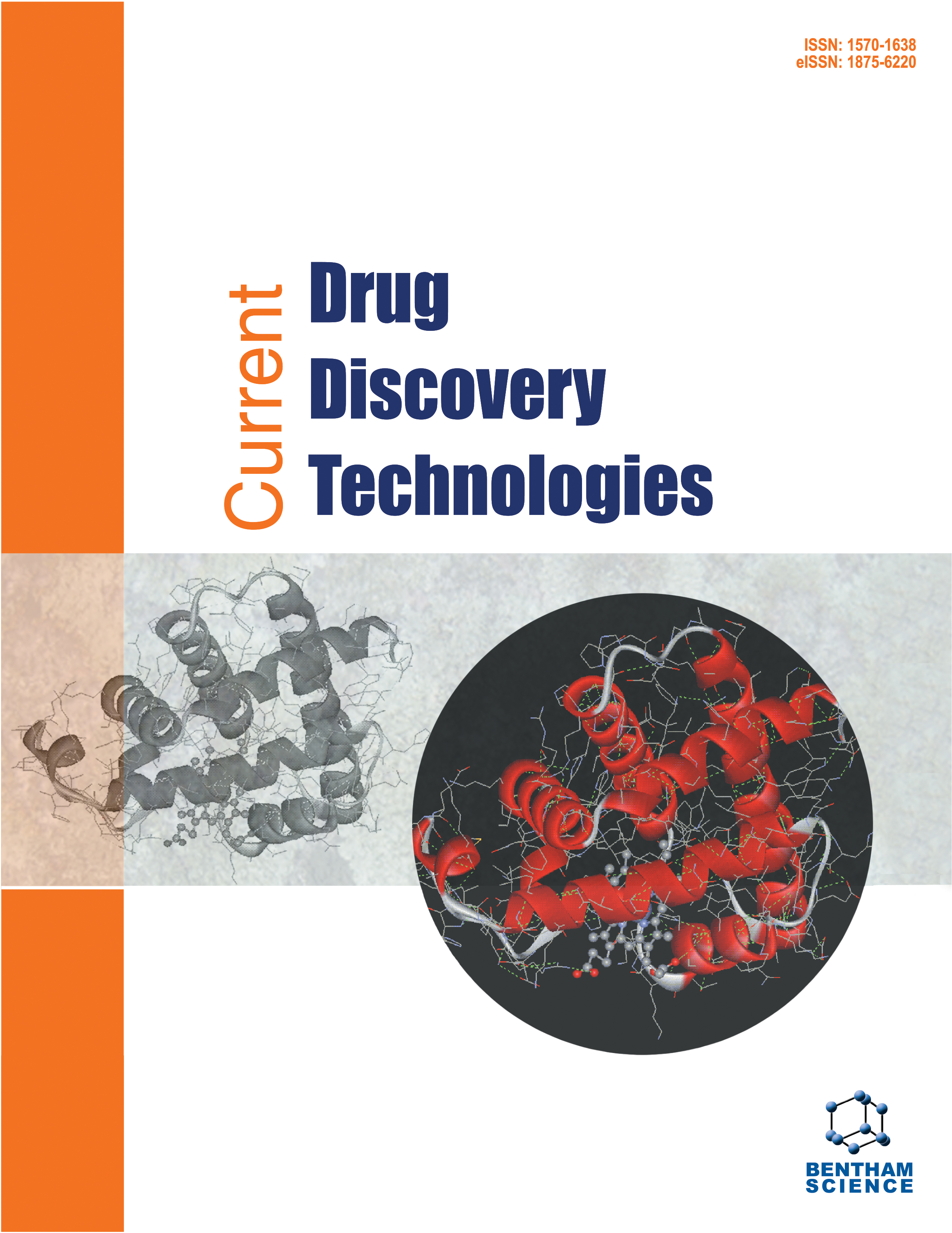
Full text loading...
Liver disease, responsible for two million annual deaths, causes Chronic Liver Disease (CLD) and cirrhosis, causing roughly a million deaths yearly. Treatment options for liver injury induced by hepatotoxicity vary, including medication (N-acetylcysteine, corticosteroids, and ursodeoxycholic acid), lifestyle changes, and sometimes liver transplant. However, effectiveness varies, and some treatments carry risks and side effects, highlighting the need for improved therapeutic approaches. Murraya koenigii (MK) is known for its hepatoprotective, antioxidant, anti-inflammatory, anti-microbial, nephroprotective, hepatoprotective, gastroprotective, cardioprotective, neuroprotective, wound-healing, anti-cancerous and immunomodulatory effects, etc. This review highlights the effectiveness of MK against liver damage induced by heavy metals, drug abuse, xenobiotics, etc. A comprehensive search across multiple databases like PubMed, Google Scholar, and others for articles on various hepatotoxicants and hepatoprotective activity of MK was conducted. The researchers applied specific search terms and limits, resulting in 149 eligible articles for final analysis, meeting predetermined inclusion criteria and excluding irrelevant studies. According to the available literature, the phytochemical components of MK, such as flavonoids, tannins, and alkaloids present in various extracts, play a crucial role in reversing the hepatotoxic effects by modifying oxidative and ER stresses, re-establishing the hepatic biochemical markers and enzymes involved in metabolism denoting ameliorative activity, and controlling the expression of pro-inflammatory cytokines. To conclude, this review highlights that MK has great potential as a natural hepatoprotective agent, providing a versatile defense against a range of injuries caused by heavy metals, xenobiotics, and common hepatotoxic agents.

Article metrics loading...

Full text loading...
References


Data & Media loading...

